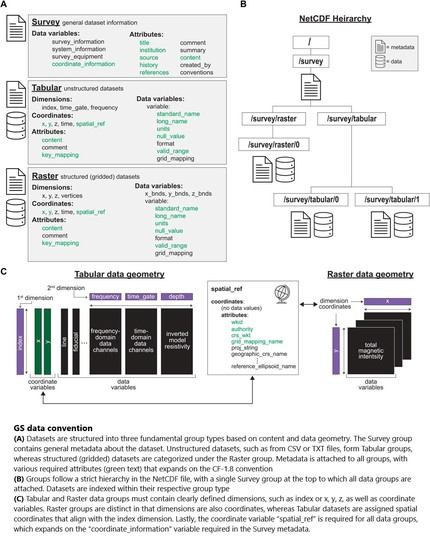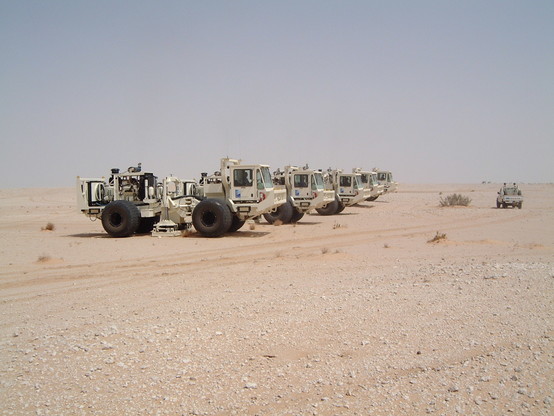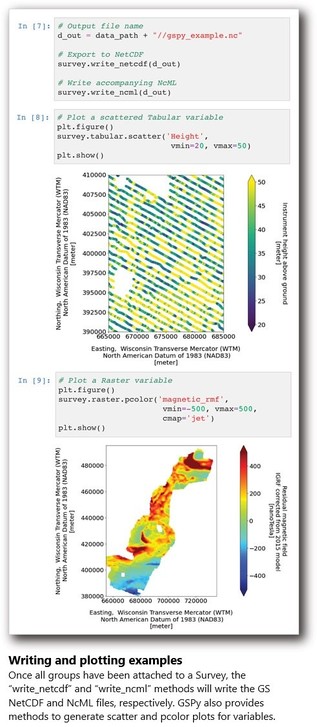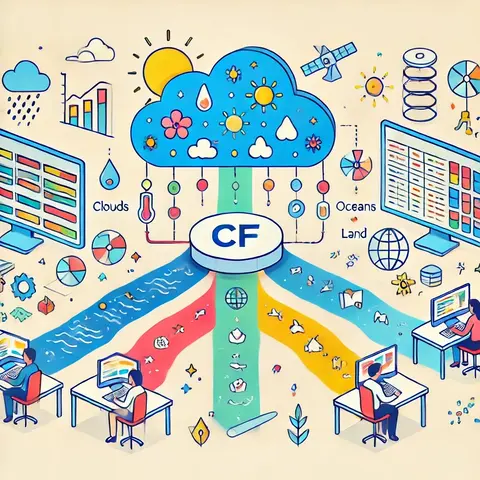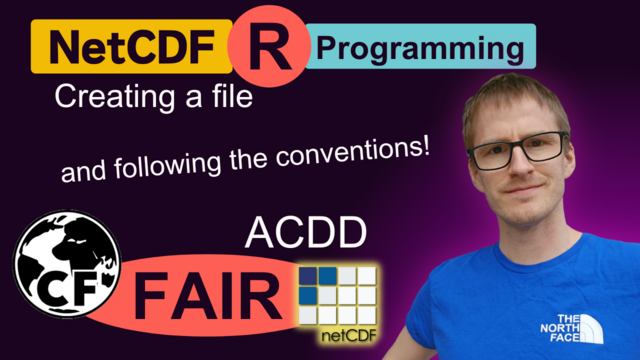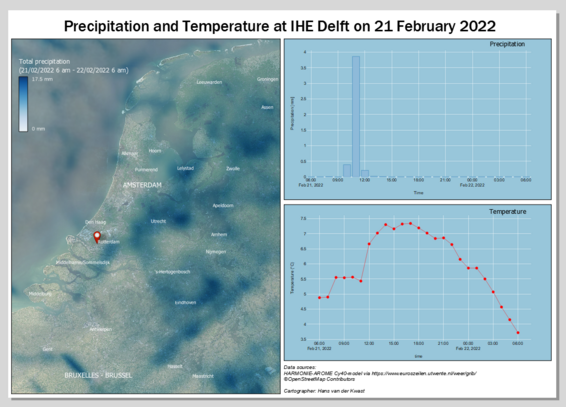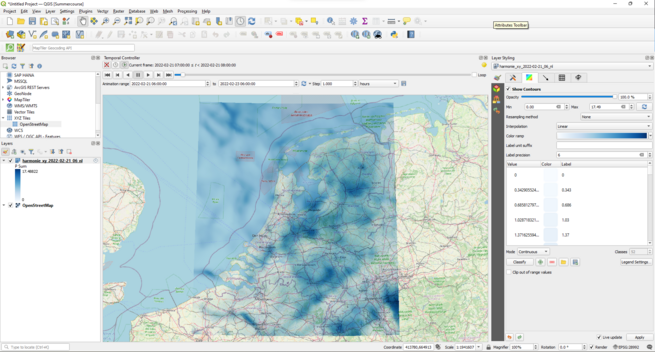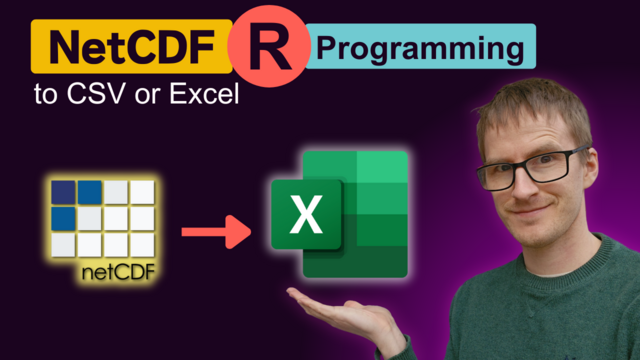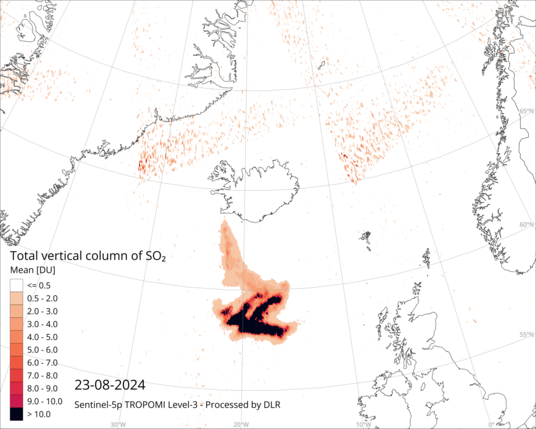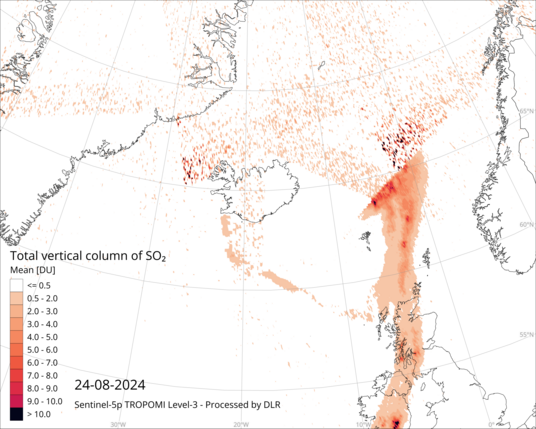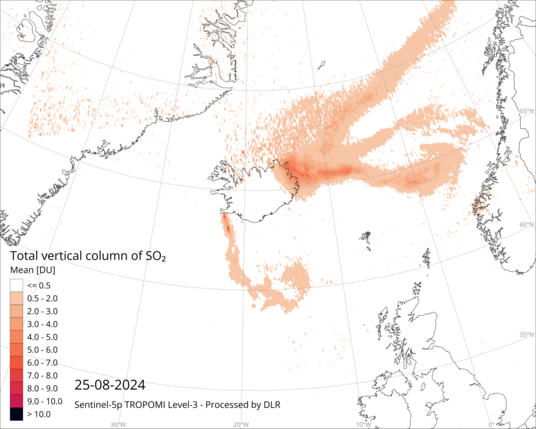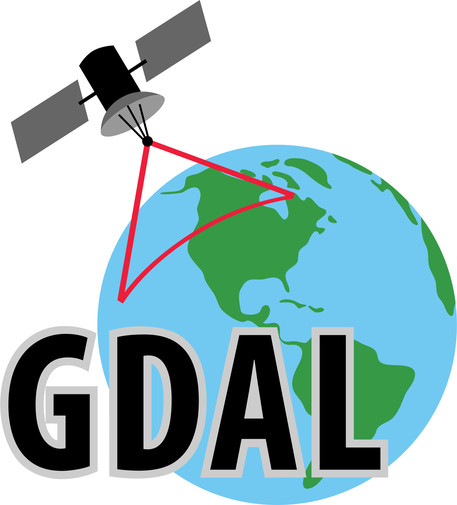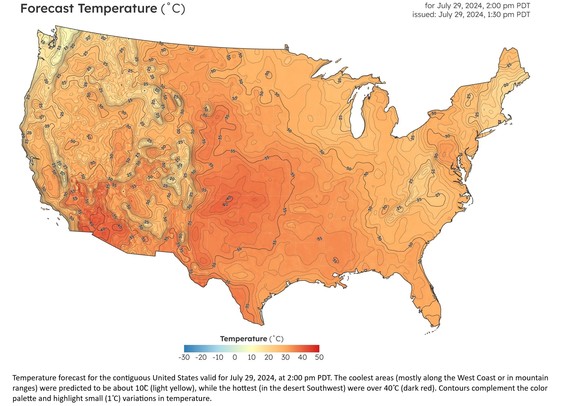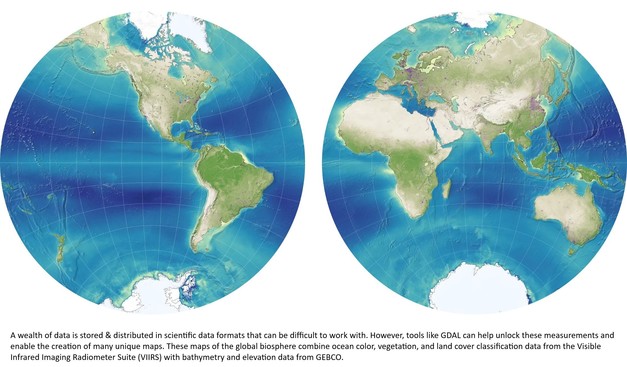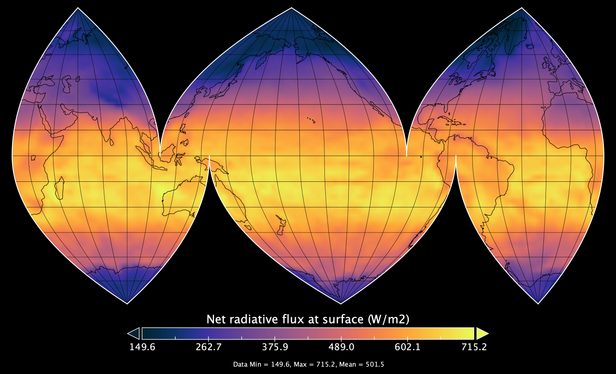I am really looking forward to a time when scientific data analysis is less of a constant fuckaround and fight with technical bullshit. I'd *really* like
- #netCDF natively supporting complex numbers
- #Python #xarray and #pandas to natively support physical units (#pint is great on its own but the integrations leave a LOT to be desired)
- #Jupyter notebooks to suck less (crashes, glitches, widget plots not saved statically, an effing BUILTIN formatter, etc.)
- proper data pipeline systems
...




